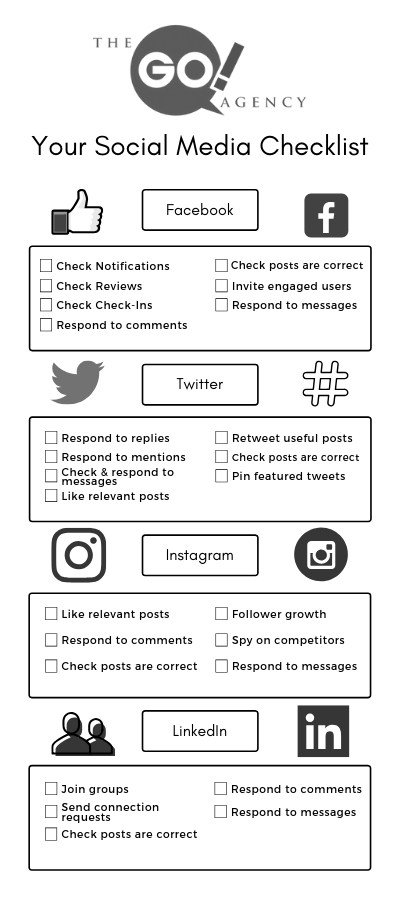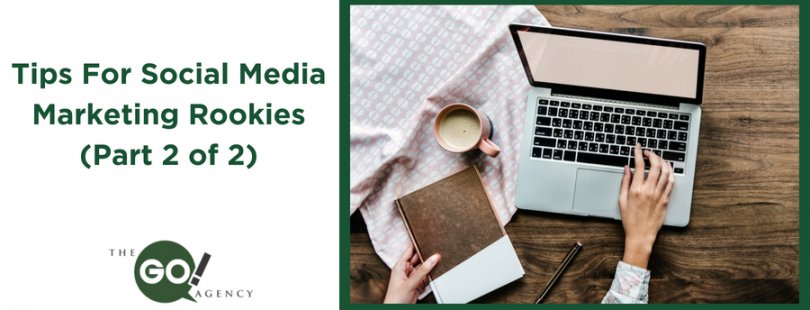LinkedIn: It is THE best social media platform to have B2B interactions. Not only are you able to share important content about your business, but you are able to garner connections that closely suit your target audience, making it one of the best channels for business owners.
Usually, many of us would be out attending networking events in order to further our reach within our industry. But the current reality is this: When is the next time you’re going to an in-person networking event? Everything is going virtual, and it’s time for you to consider how to feed this beast.
When the shutdowns began 7 months ago, many marketing strategies and sales outreach strategies were forced to a halt, which we all thought would be temporary.
Hate to burst your bubble here, but there’s no telling when things will be “normal” again, and every day that you let your team get away with this excuse, it is hurting your bottom line.
Instead, it’s time to bring your sales energy into the world of LinkedIn. And in this blog, we will give you some game-changing tips to help you navigate this social network.
Start by using the platform to increase brand awareness.
Like any other social media channel, LinkedIn allows you to share content with your connections. It is a great way to get your business out there to another side of your audience. For example, you might want to share more informational content such as blogs. This adds value and credibility for your sales prospects.
Also, don’t forget to send out posts regularly. When it comes to social media marketing, one of the best things you can do is schedule your content ahead of time to make things easier. However, there are exceptions.
If you were not aware, LinkedIn Stories are the newest addition to the platform. Similar to its Instagram sibling, it allows users to share a more “behind the scenes” look at their business. This can be a unique and effective way to build brand awareness even more on the platform if you do not always want to stick with posts that are scheduled ahead of time.
Make connections with your connections.
LinkedIn sales prospecting is all about creating a connection with the person on the other end. One of the things you’re supposed to do when on a sales call is finding a commonality. Just like when you’re marketing on any other platform, you want to aim for your target market.
While you might not be connecting with your LinkedIn leads over the phone, you can still do the same thing in your outreach messages. For instance, COVID-19 can be that commonality for your sales team. Just ask prospects how their business is doing during this time. That’ll get them talking.
Depending on the industry, it might’ve really hurt them, or business could be booming. By listening to them, you are better able to connect with them and offer further solutions within your sales pitch.
Also, make a note of this: When it comes to LinkedIn B2B marketing, try to connect with mutual connections. They are more likely to interact with you and become a potential customer if you are already connected with people they know in their industry.
Use LinkedIn Sales Navigator.
Your sales and marketing department cannot afford to NOT be using LinkedIn Sales Navigator – which we highly recommend. Because of the search filters integrated on the platform, you are able to connect with individuals who are extremely targeted to your industry, but in a more streamlined way. Leads are also recommended to you, which makes things much easier from a sales standpoint.
While LinkedIn Sales Navigator does come with a monthly fee – remember this: You are not paying for any of the other items above. Take it from me, the investment will pay off! It’s better to get extremely targeted leads than to waste time trying to find them without LinkedIn Sales Navigator.
It’s time to get started.
LinkedIn is not just a social media platform where you can connect with your peers. It is a place where you can make business happen. For the rest of this year and beyond, try your best to amp up your LinkedIn B2B marketing plan so that you can make this platform the ultimate sales engine for your business. There’s no better time to get started than now.
Read More
















